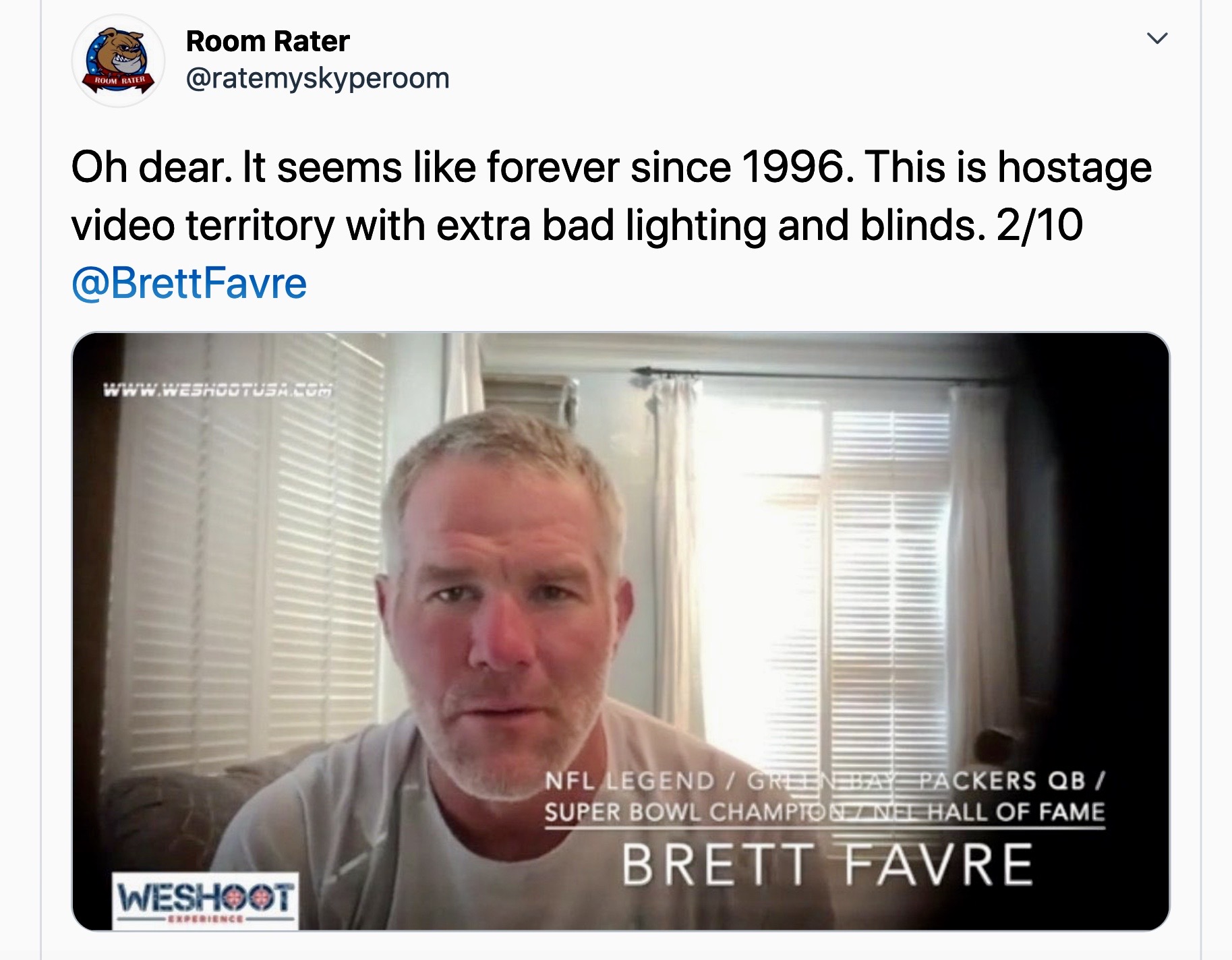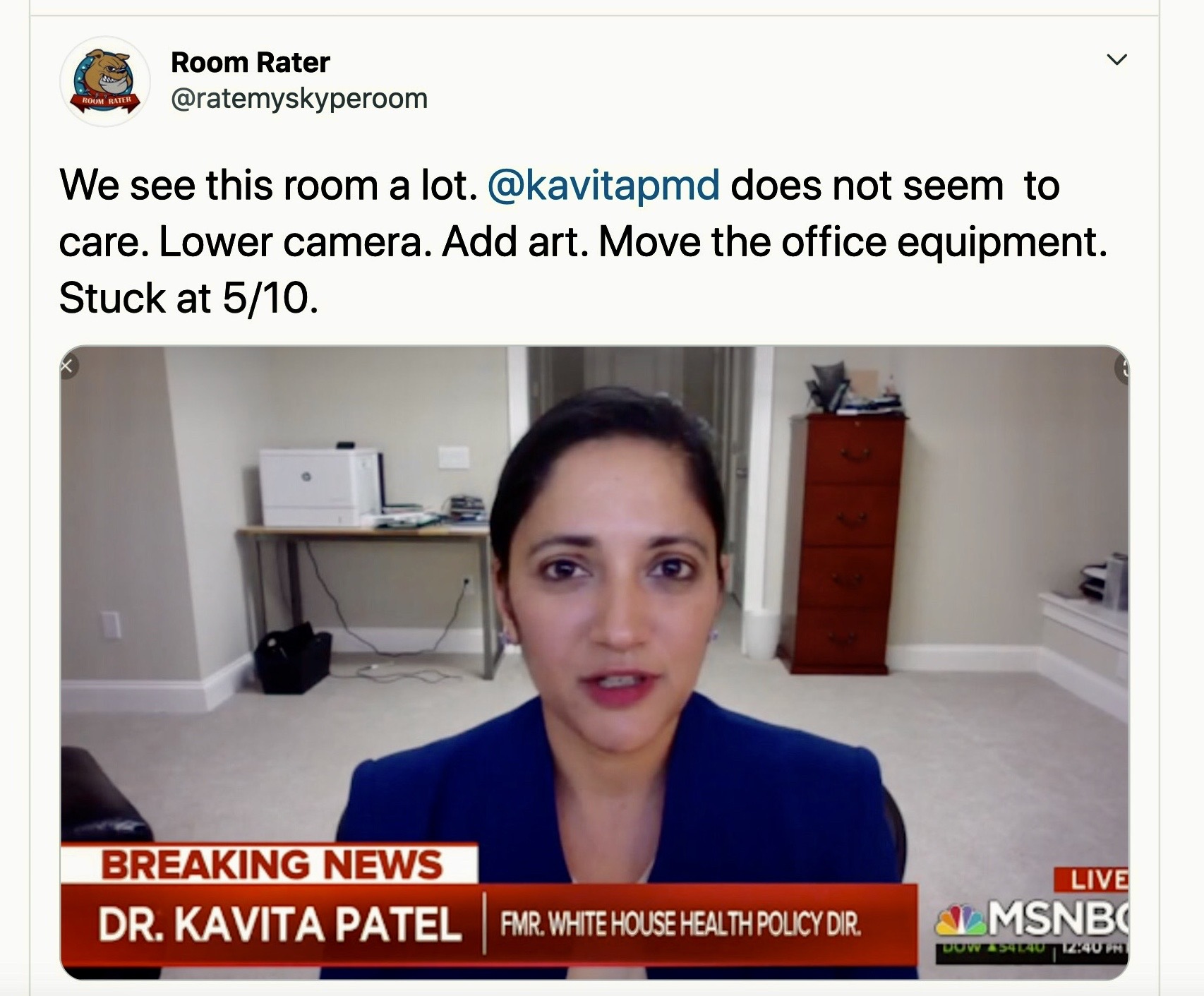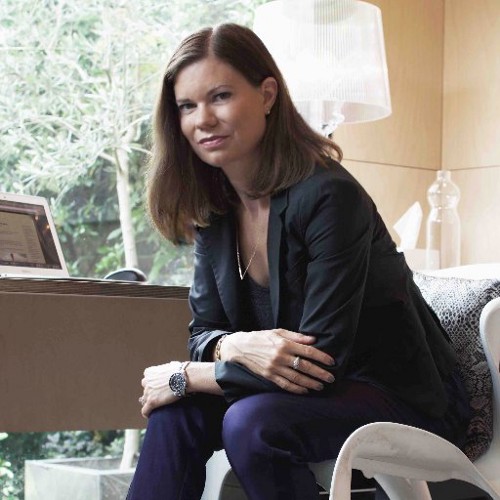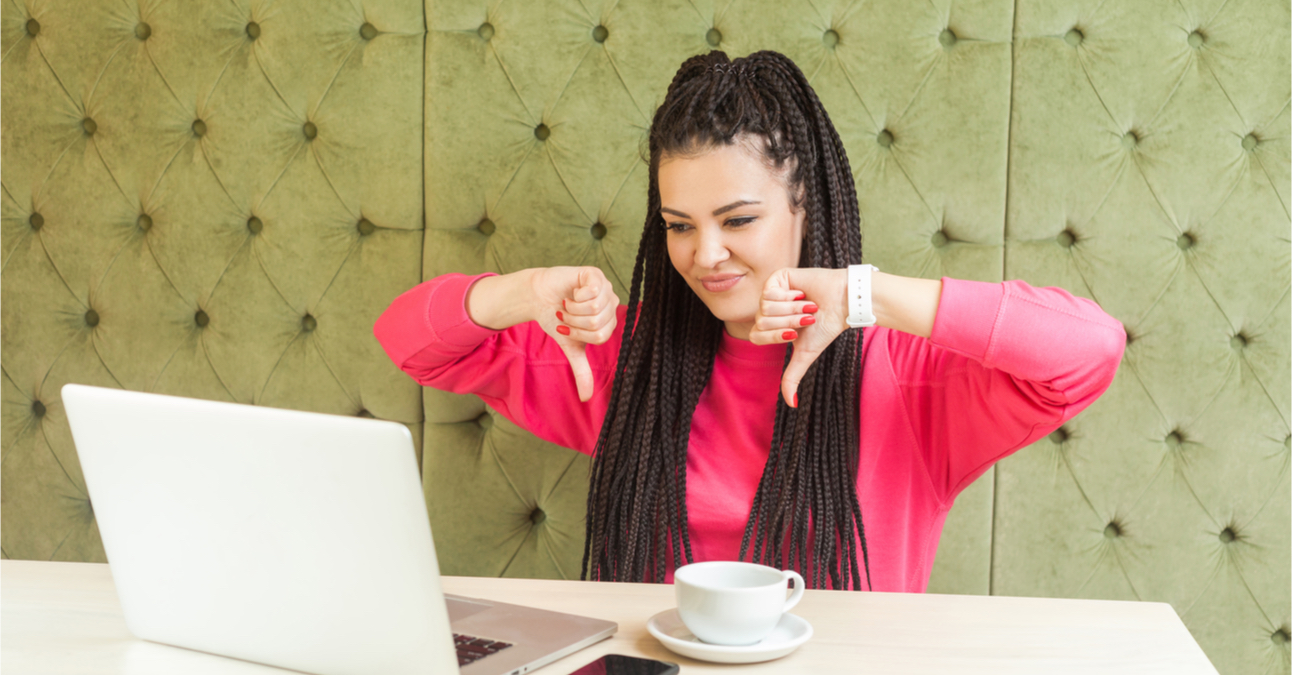The past few months of lockdown has extended a rare invitation, giving us virtual access into the private homes of celebrities, politicians, TV personalities, and even colleagues that may have been previously inaccessible to us. As a result, we are seeing a side of others we may not have witnessed before. This also means that they can glean a lot more about us and our life too!
From a personal branding perspective, our background matters. The way we present this background, and ourselves in it, can say a lot about us. After all, our background is a glimpse into our home. Our home is a glimpse into our lifestyle. Our lifestyle is a big part of our “outer brands”, or how we outwardly convey our personal brands to the world. And it can give the right message about us…or a very wrong message.
A friend of mine brought my attention to the Twitter hashtag #roomrater by @ratemyskyperoom, in which screenshots of video calls of celebrities, politicians, and other famous people are given a rating out of 10. While a bit catty, it’s a humourous and spot-on example of how video calls can work against you. Here’s a taste:


Another friend shared a video that illustrates the importance of background, a Today Show interview with Hugh Jackman. In the interview, Jackman sits in front of a confusing and untidy backdrop, showing open plastic storage drawers, among other clutter. My friend, the biggest Hugh Jackman fan I know, commented that she had been completely “put off” by it (and him), as if seeing an ugly, unforgiveable side of him. This of course begs the question, how much of the human side of our heroes and celebrities do we really want to see? And when we do, is it consistent with the larger personal brand they project?
Do keep in mind that some celebs and personalities may be intentionally creating a backdrop that shows a more relatable human side, showing they are “just like you” away from the glam parties and red carpets. However, this still needs to be a genuine part of their personal brand, one that sends the right message about them, otherwise they risk confusing or even putting off their fans.
Let’s turn to another example, a video collaboration of Meryl Streep, Audra McDonald and Christine Baranski singing Ladies Who Lunch from Company, part of the concert “Take Me to the World: A Sondheim 90th Birthday Celebration,” a fundraiser for ASTEP (Artists Striving to End Poverty).
If we take a look, Audra McDonald’s angle is good and her background seems pretty brand-on, while Christine Baranski’s bare background and low angle doesn’t do anything for her personal brand. Meryl Streep’s background, however, struck me as the most brand incongruous: empty shelves and a few random knickknacks that just didn’t seem like her. Given her strong brand, it will take a lot more than that to put me off of Meryl Streep, but I couldn’t help feeling disappointed after seeing it. Of course, this collaboration showcases the socially responsible side of their brands, however, a little bit of attention to background and camera angles could have achieved a bit of that celebrity allure we crave.
Here are five things to be aware of that can make your video call work against your personal brand:
Not controlling for “visual debris”
When I was taking a photography class a while back, the instructor drilled into us that we always needed to control for anything in the background (people, objects, buildings, etc.) that detract from the shot. He referred to this as “visual debris”, and it can compromise the entire feel of the shot. When it comes to video backgrounds, I’ve adapted the term visual debris to refer to things in your camera shot that might detract from your brand. This includes things that might be too distracting, like busy artwork, a wall of tchotchkes, a TV playing or activity going on behind you.
Case in point: in the above clip of Hugh Jackman, we can notice a lot of visual debris (clutter, open drawers, etc.). This more than likely gives the impression that he’s “messy” or “disorganized”. I’m not so sure these are the branding attributes he’s going for!
Unflattering camera position, lighting or clothing
Most of us are unlikely to consciously share photos of ourselves in unflattering angles, outfits or lighting, so why not be as attentive with our virtual image?
A friend and I once had a little play with our cameras and background while on FaceTime. Mind you, this was after he told me my camera angle was too low. This led to some fun experimenting with various props to adjust camera height and lighting positioning. He also pointed out that my top was similar to the wall colour and faded into the background. It was a good point; evaluating how our clothing might translate over camera, and what it says about us, is also a part of our outer branding.
While a good angle is critical for a flattering virtual image, don’t underestimate the importance of lighting. Professional photographer Pete Maclaine suggests sitting in front of a window, but with a lamp throwing light down in front of you so that you are backlit, but your face isn’t in shadow. This can give you a flattering glow.
Simple rules to remember here: give some thought to how your clothing translates on camera, set the camera angle to horizontal or slightly from above (and not too far below, which risks viewers looking up your nose!) and get light onto your face.
Be sure to spend a little time experimenting with background, lighting, angle and sound quality. I would also recommend using a trusted friend for feedback or evaluate your virtual image and background on your own through an “empty” Zoom call. Check the screen you’re creating for your viewer(s) before you share it (also check for camera smudges) and go for it!
Not giving thought to your backdrop
Not giving your background any thought can be a real blind-spot…and a missed opportunity. Ask yourself, what does your background say about you? Does it compliment, boost or detract from your personal brand? Does it capture a part of your home that feels representative of you, one that you want to share?
When I experimented with angles and lighting with a friend, we also changed our locations and assessed which background worked best. Again, this can also be done with an empty Zoom meeting. Play around with the position of background items if needed. Things like plants, art, photos, can all give a message about your personal brand. Photographer Pete Maclaine suggests that a shelf full of books, what they call in the trade a “shelfie”, gives an impression of someone who is well-read or knowledgeable, for instance, and always a solid choice for a serious work call. However, you may choose a wall of art as your backdrop during meetings where the focus on more creative projects.
Let’s not forget the people and animals in our backgrounds as well. Under lockdown, most people are understanding about children and animals suddenly video bombing your call, but the trick is how you manage this. For example, if your dog or cat is a loveable side of your personal brand, hiding them away from your call or chasing them out may feel inauthentic. However, getting your dog to wave with its paw in your hand during a serious board meeting may not reflect well on your brand either. The point is, giving a little thought to what you want to present (and how) can go a long way in managing your personal brand over these calls.
Giving inauthentic or confusing messages
It’s important to consider what message your background is conveying about you. Is it a genuine impression of your brand or a false or confusing one? For example, if music isn’t an important part of your life (or brand), but you chose to sit in front of your partner’s guitar collection because it looks cool, it might come across as a bit confusing. Unless you are looking to convey something about your co-branding with another person, think about how your background can genuinely reflect your own unique brand. A strong personal brand is an authentic one.
If you’re not sure what to share, go for minimalism by opting for a bare wall or neutral corner. But be sure to get your angle and lighting right as you’ll be the sole focus and will need to shine even more. While you probably won’t get a high #roomrater rating (do try avoiding a “hostage background”!) you’ll be playing it safe. But even something simple like adding a plant, as #roomrater will point out, can inject a little life or personality into your background.
Hiding with Zoom backgrounds
Zoom backgrounds were a hit in the early days of lockdown. After all, it’s fun to look like you are out yachting when taking a call! While the novelty value seems to have worn off, they can still serve the function of hiding your surroundings if needed. However, a word of caution here. When these backgrounds are applied, it can give the message that you have something to hide. This may not be the best message when you are trying to establish trust with a client or your target audience. Additionally, as mentioned in the point above, it also may come across as inauthentic, especially if used with the intention of “fooling” people into thinking a Zoom background is your actual home. Not to mention the distorted effect it has around the edges of your body (a sure giveaway). Dismembered ears or hands aren’t a good look!
With that said, some understandably prefer privacy for a variety of reasons, whether it be celebs who prefer not to share too much of their lavish lifestyle or location, or colleagues who would prefer to not to reveal too much about their home life. If you prefer privacy, don’t have time for a tidy, or don’t want others snooping through your book collection, you can try the minimalist approach mentioned above, or even blurring your background:

Another option is to take the call outdoors if appropriate. You can even choose a location that reflects an aspect of your personal brand. Given how easy to clip a mobile phone onto a pocket tripod, get some good enough lighting, and add a plug in mini-mike with wind guard as a luxury, it’s easy.
A quick word about filters. These can be very entertaining, but if you are using them to hide your background, make sure you’ve practiced switching them off before other calls. What you don’t want is to be like the woman who turned herself into a potato and couldn’t work out how to get herself back again.
Just how much time and effort you spend on your virtual image may depend on how much time you need to spend in front of the camera, and in front of what target audience. If video chats and meetings are your future, perhaps it’s worth thinking about taking it one step further and making your background a feature part of your brand. Professional YouTubers can be great inspiration here. ContraPoints always has interesting and unique backgrounds that reflect her personal brand. Another YouTuber who understands that background is part of the package is Philosophy Tube.
But for most of us, a little tweaking and extra attention might just be all the virtual polish we need for our personal brands to come shining through!


